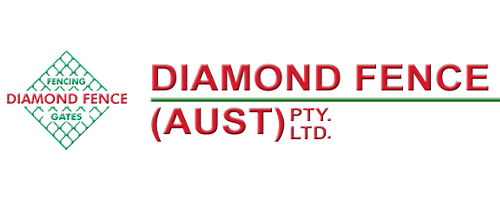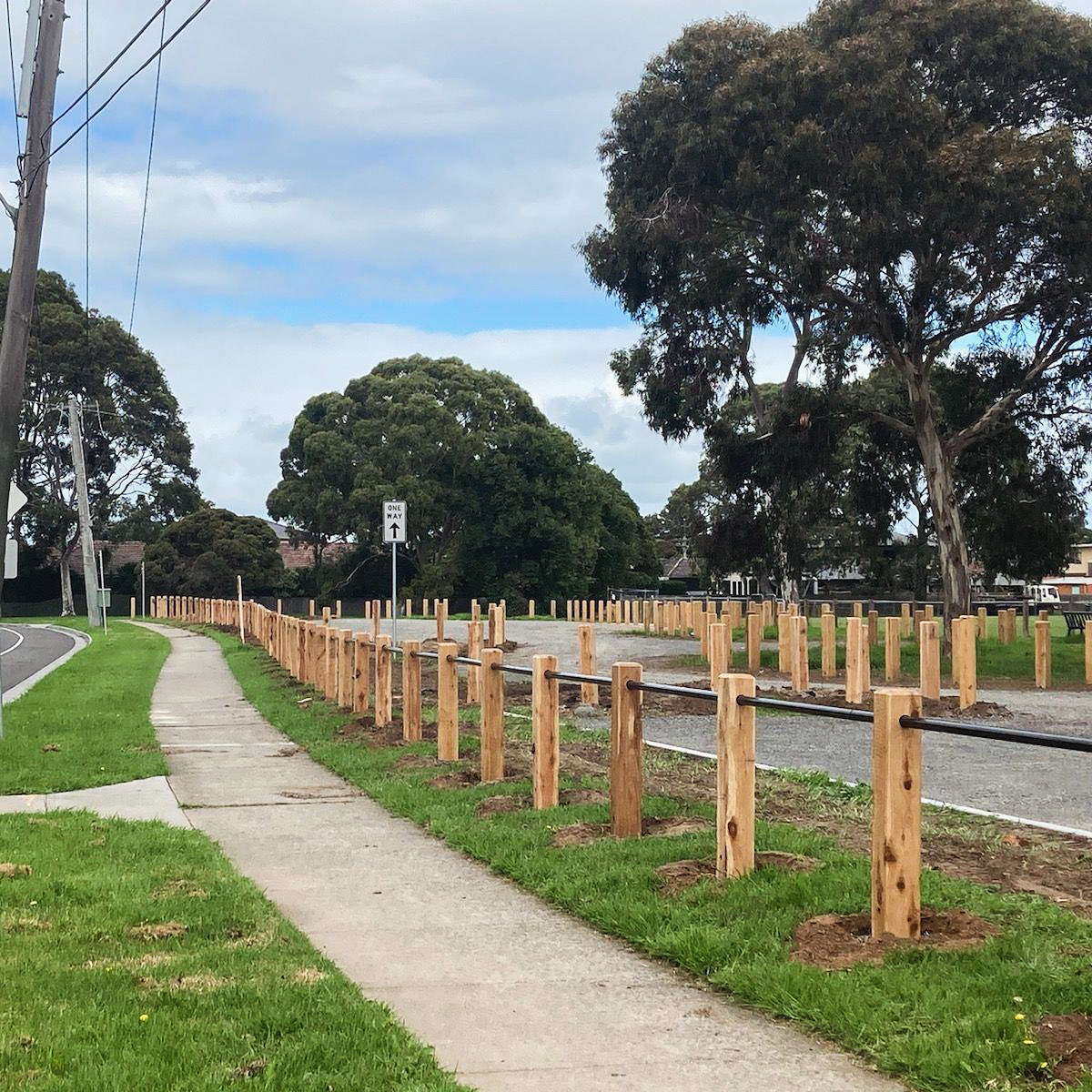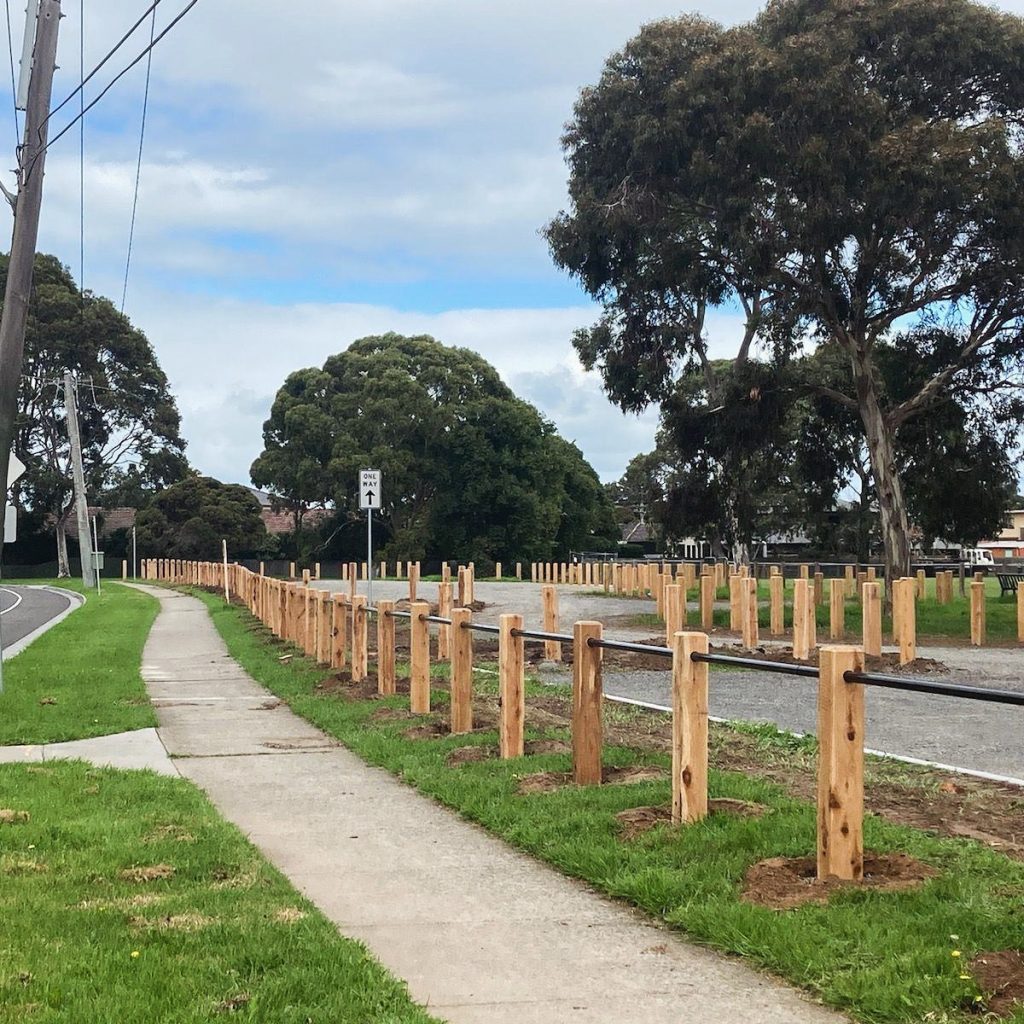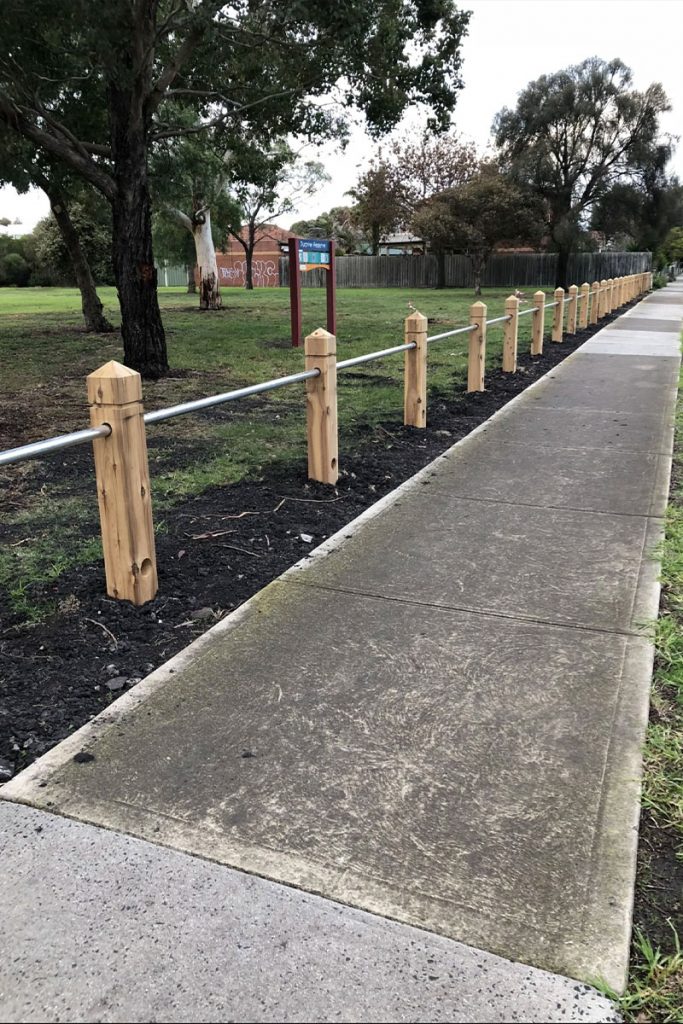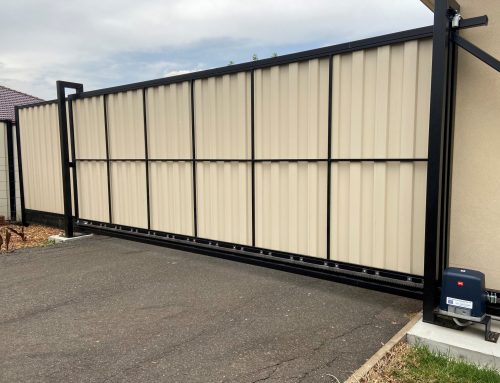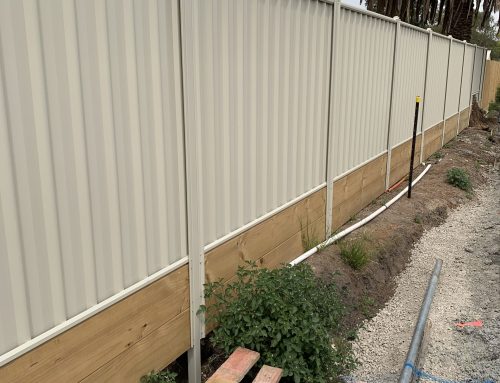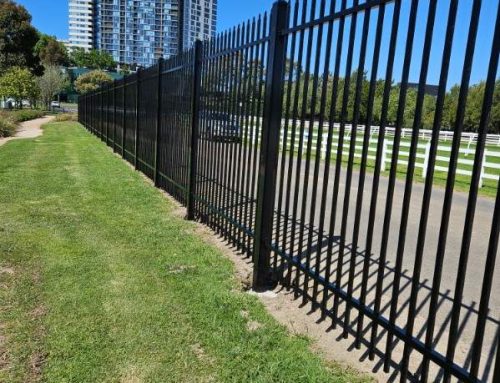Welcome to a blog post about the rustic appeal and practical charm of post and rail fencing in Melbourne. This classic fencing style, which can be recognised by vertical posts supporting horizontal rails, has a rich history, which we will explore in this blog post.
Furthermore, this blog post will also focus on the practicality of post and rail fences, as well as the material choice, installation and maintenance.
Historical Roots of Post and Rail Fencing
The historical roots of post and rail fencing go back to the heart of agrarian societies – society that focuses its economy primarily on agriculture.
Post and rail fences originate from medieval Europe, where they provided a practical solution to farmers who needed to enclose their lands and manage livestock. Post and rail fences had a relatively simple construction using vertically positioned posts with horizontal rails. As farmers did not own complex tools or advanced carpentry skills, this fencing style was suitable as a durable barrier.
Further down the road, as European settlers brought their agricultural practices to North America, post and rail fencing became a hallmark of farmlands.
Practical Uses of Rail and Post Fencing
The practical uses of rail and post fences are deeply rooted in its historical agricultural context. One of its primary functions is to manage livestock and offer sturdy barriers that allow farmers to keep their animals where they want them. Post and rail fences offer clear visibility to monitor the animals.
Post and rail fences are also used to delineate fields and mark property boundaries. A straightforward installation process that consists of vertical posts and horizontal rails is a cost-effective choice for farmers with limited resources or large areas to cover.
In urban settings, post and rail fencing serve as boundary defining property lines to enhance landscaping and offer warm and welcoming aesthetic looks.
Material Choice
The material choice for post and rail fencing plays an important role in determining the durability and aesthetic appeal of post and rail fencing.
Traditionally, post and rail fencing are made from wood, offering that natural and warm appearance. Cedar and pine are known for their resistance to decay and insects. Hence, they have been used more frequently for post and rail fencing.
However, there are also other material options for post and rail fences. That allows homeowners to tailor their choices to their unique needs and preferences.
Vinyl is one of those material choices. It is a low-maintenance alternative to wood. You can achieve that same classic look as you would with timber but it does not require the same level of maintenance. Vinyl is resistant to rot, pests and weathering, and comes in various colours and designs.
Composite materials are also available for post and rail fences. They are eco-friendly as they are made of recycled plastic. Composite material has the appeal of wood but not the same upkeep requirements.
Lastly, steel is another alternative. It is known for its strength and durability, providing a long-lasting and low-maintenance solution.
Installation and Maintenance
Fence longevity and functionality largely depend on its installation process. While it seems like a straightforward process for post and rail fencing, it is essential to follow the steps carefully.
Start by precisely measuring and marking the fence line, ensuring proper alignment and adherence to property boundaries.
Once that is done, the vertical posts must be securely anchored into the ground, typically through digging holes and using concrete for stability.
Horizontal rails are affixed to these posts, and the spacing between the rails can be adjusted based on the specific needs of the property.
To maintain post and rail fencing, regular inspections are advisable. They will help you to detect any loose or damaged components as soon as possible. Wooden post and rail fencing should be covered with protective sealant or stain and reapplied every few years to protect the timber from external factors but also to enhance its aesthetic appeal.
Any signs of wear, such as loose nails or chipped paint, should be promptly addressed to maintain the fence’s structural integrity. Additionally, clearing vegetation and debris around the fence line prevents moisture retention, minimising the risk of decay.
Interested in the post and rail steel fencing in Melbourne? Ask Diamond Fence!
If you are interested in exploring the steel fencing options provided by Diamond Fence in Melbourne and Greater Victoria, we encourage you to reach out to us today!
You can contact us by either sending an email to info@diamondfence.com.au or by placing a phone call to our dedicated line at (03) 9753 4566.
For your convenience, we have also an online enquiry form that offers an efficient means of communicating with us. This form allows you to submit any inquiries or concerns you may have.
We eagerly await the opportunity to assist you further and provide the necessary details regarding your steel fencing enquiry.
